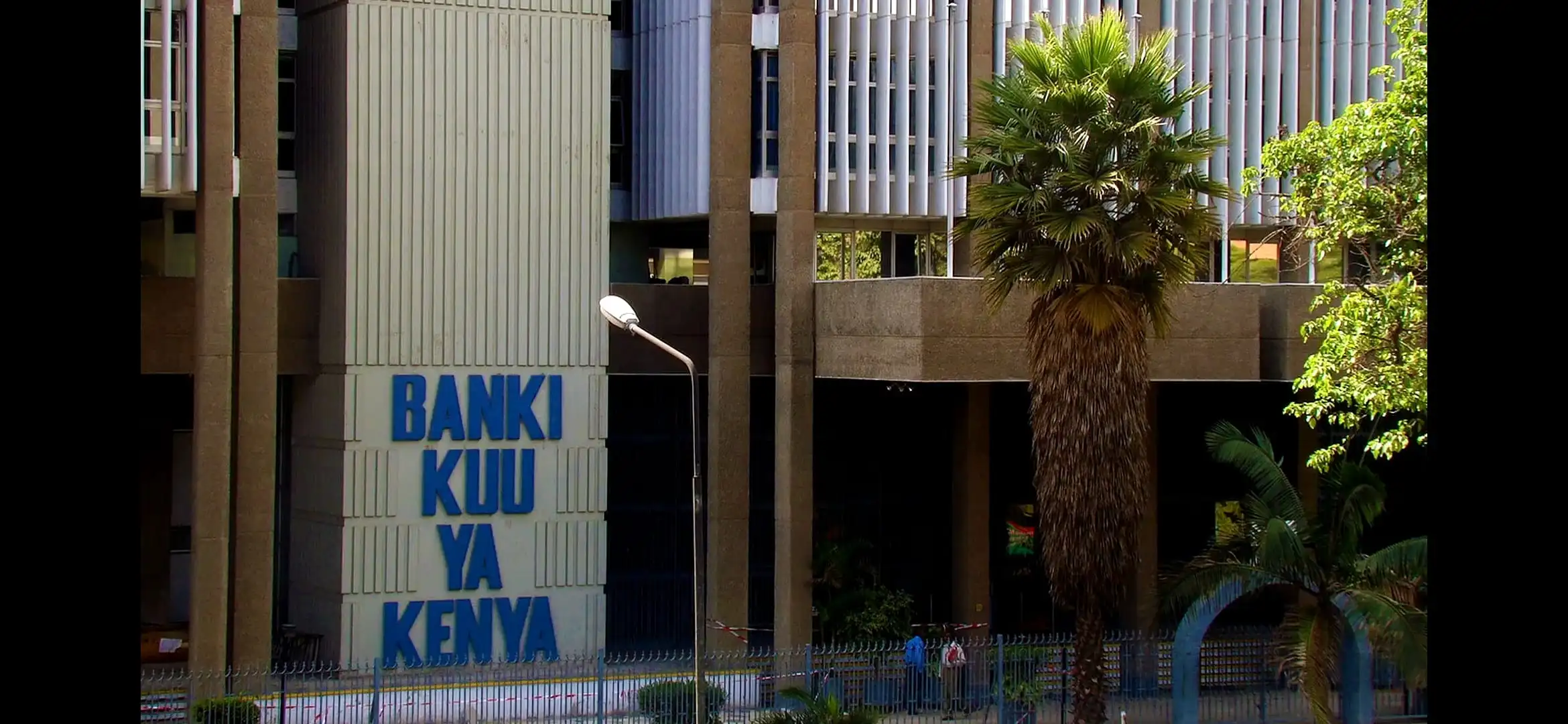While wading through the comment section of the Central Bank of Kenya (CBK) YouTube page upon the release of the recent Monetary Policy Committee (MPC) media briefing, I stumbled upon a somewhat interesting comment: “What are the physical non-numerical impacts of these growths and declines on human life? We are not numbers, we are people.”

More than anything that comment brought to the fore the widely peddled notion that economic figures and projections are grossly alien to our day-to-day lives: The numbers and graphs are a smoke screen to the actual situation on the ground, a blindfold to the common mwananchi who barely even understands their relatability to day-to-day life. To try and bridge this gap, we’ll do a brief explainer in relation to the MPC’s recent statement.
What is the Central Bank Rate?
On February 6, 2024, the CBK announced that it had increased the Central Bank benchmark rate from the 12.5 per cent that it had set in December to 13 per cent. The CBK would underpin this adjustment on the need to manage inflation and the performance of the exchange rate.
The Central Bank benchmark rate is the rate of interest that the Central Bank charges for lending funds to local commercial banks. The benchmark rate in turn influences the rate of interest commercial banks charge on loans to consumers and businesses. A higher benchmark rate would mean that your local bank will charge you a higher interest rate while a lower benchmark rate would cause your local bank to review its interest rate downwards thus making credit more affordable to you. The benchmark rate is set by the Monetary Policy Committee chaired by the Governor of the Central Bank.
To control inflation, the benchmark rate is adjusted upwards, causing local commercial banks to charge higher interest on loans. This means that fewer consumers and businesses would be borrowing to consume or invest hence less money would be chasing goods and services in the economy. Conversely, in the event that economic growth has slowed down or is not meeting growth targets, the Central Bank could lower the benchmark rate making borrowing and investment cheaper thus stimulating the economy.
To determine the benchmark rate, the Central Bank assesses macroeconomic indicators such as projected inflation and economic growth rates. Additionally, the Central Bank tries to predict the extent to which monetary authorities in advanced economies such as the US will adjust their benchmark rates.
Why a higher rate?
According to the Central Bank, the recent benchmark rate hike was on account of Kenya’s rise in overall inflation from 6.6 per cent in December 2023 to 6.9 per cent in January 2024. The increase in overall inflation was driven largely by an increase in food inflation to 7.9 per cent in January from 7.7 per cent in December. Additionally, fuel inflation had risen to 14.3 per cent in January from 13.7 per cent in December.
On the exchange rate side, higher benchmark rates attract foreign investors who anticipate higher returns on their investments on account of increased interest rates. This inward flow of foreign currency is especially important in managing the, until recently, free fall of the Kenyan shilling against the US dollar and other major currencies. By managing currency depreciation, the government would also be tackling imported inflation as strengthening Kenyan shilling against the dollar would mean that, assuming all other factors such as supply and demand, and production and transportation costs stay constant, the price of imports decreases. Increased dollar inflows would also come in handy in boosting Kenya’s foreign reserves with an eye towards the repayment of the $2 Billion principal amount of the Eurobond in June.
The significance
The recent hike in the benchmark rate is significant for two reasons. Just before CBK’s review of the benchmark rate in December, the Kenya Bankers Association had forewarned that a further rate hike would “further escalate credit risk in the market and a build-up in non-performing loans with detrimental effects on the industry’s ability”. Already, local banks' interest rates had been rising over time to hit an average of 13.98 per cent in September 2023 – the highest since May 2016 when the figure was at 18.22 per cent. CBK would go on to increase the benchmark rate to an 11-year high of 12.5 per cent, setting the stage for a fresh round of upward repricing of loans, dealing a fatal blow to borrowers whose ability to pay loans has been facing an assault from the increased costs of living. The newly adjusted rate means that commercial banks would hold steadfast previously record high loan interest rates or even worse, adjust them further upwards.
Secondly, the increasing interest rates on loans from commercial banks as prompted by the hike in the CBK benchmark rates impacts negatively the ease of doing business in Kenya. Increased credit costs make it difficult for investors to access start-up capital. Additionally, existing businesses will also find it difficult to access credit for expansion. Not only would economic activity be dampened but also, fewer jobs would be created. Consequently, struggling businesses that can’t access loans to get by would be forced to shed jobs or close shop altogether.
Despite the adjustment measures, inflation is projected to increase in the coming months as was apparent in the Central Banks Governor’s sentiments.





